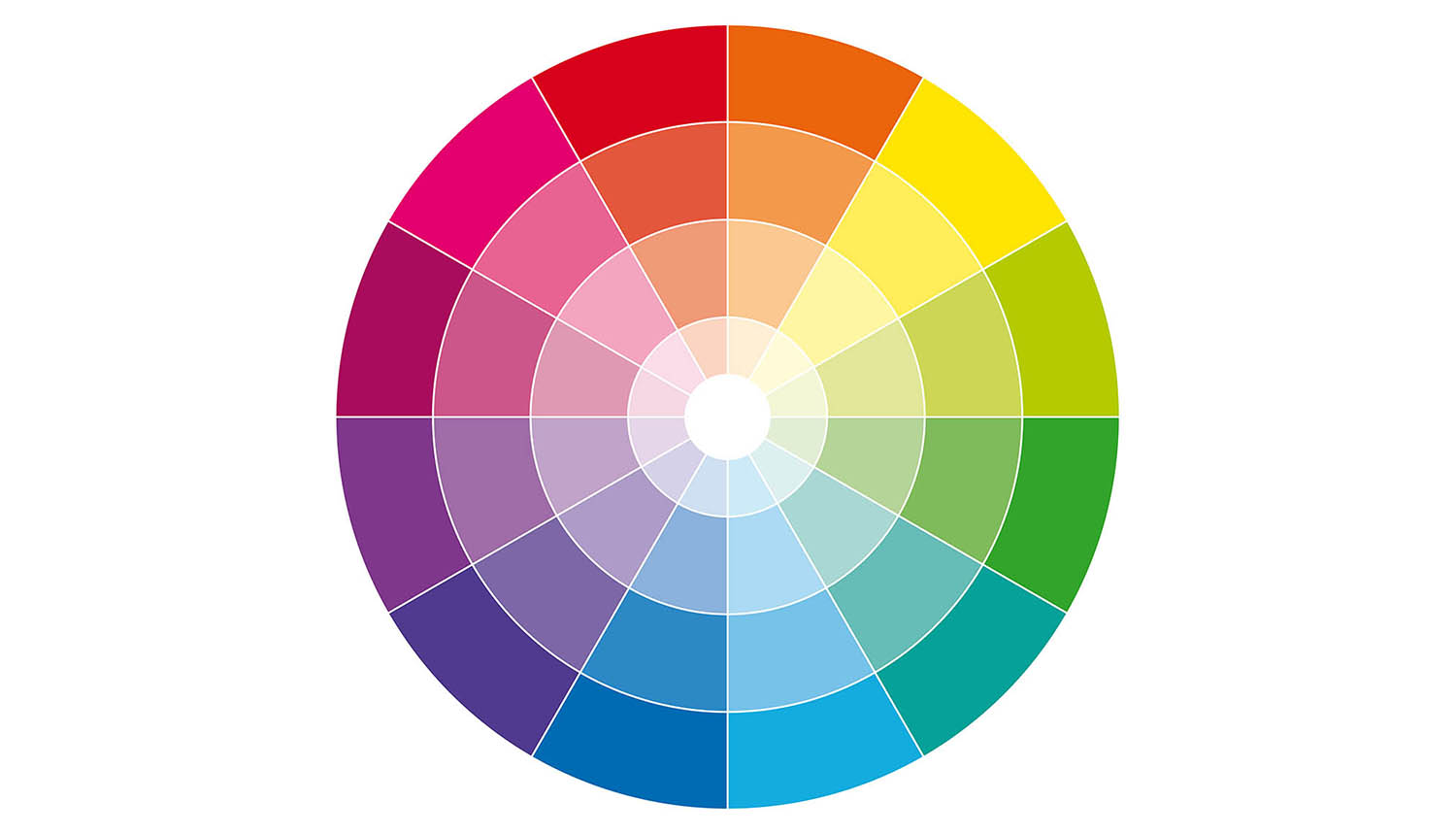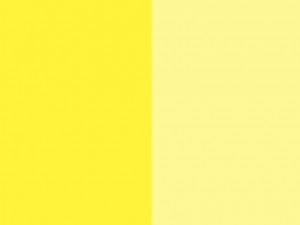Hermcol® Red BBN (Pigment Red 48:1)
Product Description
| Product Name | Hermcol® Red BBN (PR 48:1) |
| C.I. No | Pigment Red 48: 1 |
| CAS No | 7585-41-3 |
| EINECS No. | 231-494-8 |
| Molecular Formula | C18H11CIN2O6SBa |
| Pigment Class | BONA, Ba |
Features
Hermcol® Red BBN is barium salt lake, neutral red, which is more yellowish than pigment red 57:1. It has good solvent resistance, but has poor soap and acid/alkalinity. Mainly used in gravure printing inks and plastics. It has good migration resistance in soft PVC, no blooming, light resistance of class 3, and heat resistance of 200-240℃/5min in PE; it can also be used for non-high-grade coatings and is resistant to gloss Good paint, 5-6 light fastness. It is mainly used for the coloring of ink, plastic, rubber, paint and cultural and educational supplies.
Application
Hermcol® Red BBN is purple in concentrated sulfuric acid and is blue light red precipitate after diluted.
As the pigment is bright and have good transference resistance, excellent lightfastness, 240 ℃ heat resistance, which is mainly used for office supplies coloring; PVC, PE, PP, EVA and other plastic products coloring.
Because of the pigment has good resistance to steam, so that it is suitable for food packaging ink coloring.
In addition, the pigment can also be used in solvent ink coloring, such as chlorinated polypropylene, polyamide, polyurethane and others.
Package
25kgs or 20kgs per paper bag/drum/carton.
*Customized packaging available on request.
QC and Certification
1.Our R&D laboratory features equipment such as Mini Reactors with Stirrers, Pilot Reverse Osmosis System and Drying Units, making our technique in the lead. We have standard QC system which meets EU standard and requirements.
2.With the quality management system certificate of ISO9001 and environmental management system certificate of ISO14001, our company not only sticks to the strict quality-control system according to the international standard, but also focuses on protecting the environment and promoting the sustainable development of itself and the society.
3.Our products meet the stringent mandatory requirements of REACH, FDA, EU's AP(89)1 &/or EN71 Part III.
Specification
Physical and Chemical Properties:
| ITEM |
Specification |
| Appearance |
Red |
| Strength(%) |
95-105 |
| Oil Absorption (g/100g) |
35-45 |
| Water Resistance |
5 |
| Oil Resistance |
5 |
| Acid Resistance |
4 |
| PH value |
7-8 |
| Alkali Resistance |
5 |
| Alcohol Resistance |
5 |
| Light resistance |
4-5 |
| Heat Stability (℃) |
180 |
FAQ
9.Are Your Pigment Environmentally Friendly?
The environmental impact of pigment varies. As a whole, the industry is shifting toward products that have a smaller impact on the environment and consumer health. However, not every product fits this description.
An organic pigment’s designation as “eco-friendly” is typically tied to the presence of a class of compounds called VOCs. Volatile organic compound (VOC) is a broad term that includes compounds that are known to be harmful and ones not traditionally thought of as harmful. Our organic pigments are environmentally friendly because it contains low levels of VOCs.
10.Are your pigments stable in high or low pH applications?
The stability & nature of our products may be altered depending on storage conditions, or when used in combination with other ingredients. This is beyond our control and we strongly recommend lab tests prior to commercial runs.
Chemicals do react with some pigments so testing pigments first is very important. Business owners should be conducting tests, keep batch notes with results and run trials before any commercial release of a new product to the pubic. This is all part of BEST MANUFACTURING PROCESS.
11.What is your quality control?
Quality control is an essential part of GMP. A quality control system should be established to ensure that products contain the correct materials of specified quality and quantity and are manufactured under proper conditions according to standard operating procedures.
Quality control involves sampling, inspecting and testing of starting materials, in process, intermediate, bulk, and finished products. It also includes where applicable, environmental monitoring programs, review of batch documentation, sample retention program, stability studies and maintaining correct specifications of materials and products.
Reprocessing
The methods of reprocessing should be evaluated to ensure that they do not affect the quality of the product.
Additional testing of any finished product which has been reprocessed should be performed.
Records for Quality Control
Records for each testing, assay result and release or rejection of starting materials, intermediates, bulk and finished product should be maintained.
These records may include :
Date of test
Identification of the material
Supplier name
Date of receipt
Quality control number
Quantity received
Date of sampling
Quality control results













